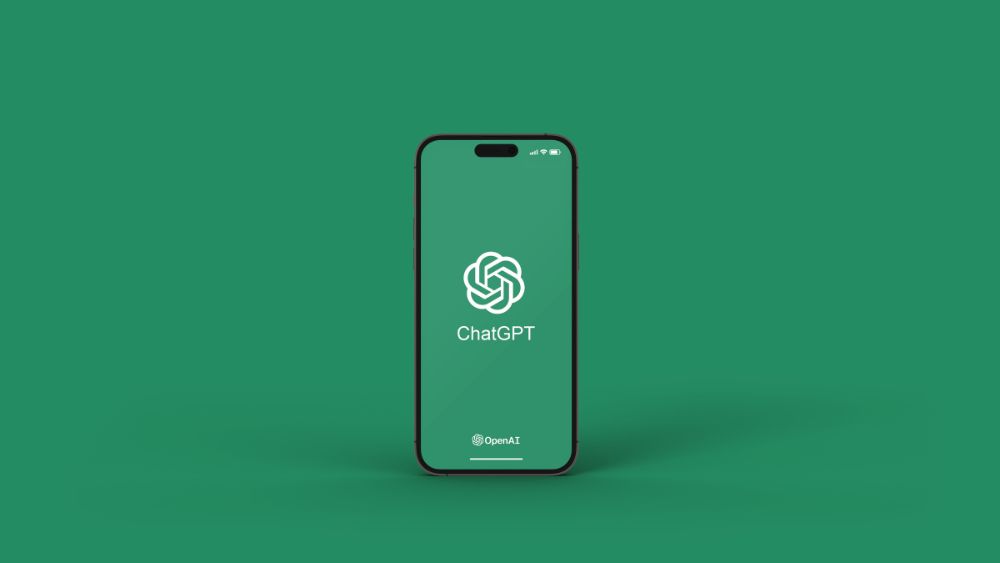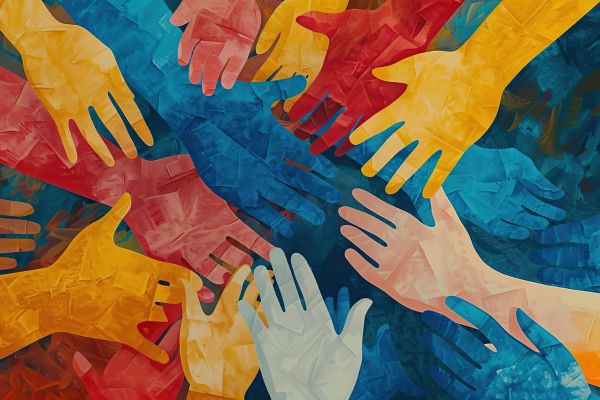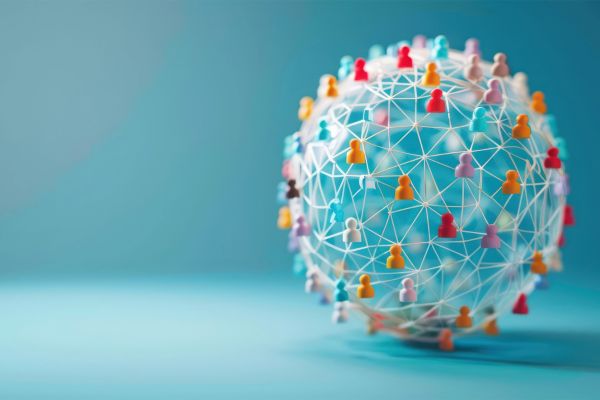Insights
INSIGHTS
All Topics
How charities can benefit from ChatGPT
28 Jun 2023by Jenny Lowthrop
AI is growing at an incredible rate. We look at how charities can benefit from using ChatGPT or similar Open AI products
ChatGPT is a large language model created by OpenAI. It is designed to generate human-like text responses to user queries. The tech can be integrated into various platforms, such as chatbots, virtual assistants, and customer support systems.
Below we look at some of the ways that charities can benefit from ChatGPT.
Enhanced communication
Charities are always looking for new ways to communicate with their supporters and donors. With tightening budgets, artificial intelligence (AI) and ChatGPT can play a vital role in enhancing communication channels by creating a way users can interact and ask questions without the need for there always being a person at the other end of the communication. It can improve user experience and make it easier for supporters to engage with the organisation.
Personalised support
Charities are often focused on providing support for individuals and communities in need. ChatGPT can help organisations provide more personalised support to their beneficiaries by creating a conversational interface for users to interact with.
This can ultimately save time and money and enables the charity to speak directly to more people in need and ensure the beneficiaries are put through to the right person.
For example, The British Heart Foundation (BHF) recently launched a chatbot, to support an influx of calls during COVID-19 for their ‘heart helpline’. Though the calls are specialist and generally require speaking to a specialist nurse, they didn’t have enough nurses to deal with the regular calls. The chatbot enabled BHF to triage calls and transfer calls to the right people.
Cost-effective solution
Charities often have limited budgets and resources, which can make it difficult to provide support to their beneficiaries. ChatGPT provides a cost-effective solution for organisations to engage with their supporters and beneficiaries without the need for additional staff.
For example, the Samaritans, who provide emotional support to people in distress, are currently trialling a chatbot at a small scale. They stress the importance of in-depth testing of a chatbot service, especially when communicating with vulnerable people.
They are not ready to fully launch their chatbot service, but hope it will be more readily available in the future. For now, they still have volunteers at the end of the phone or to chat to online.
Continued testing of a Chatbot service is vital, though AI has come a long way in recent years and months, it is still far from perfect and more needs to be done before it can confidently replace some human support.
Increased efficiency
Charities are often struggling for time to get all the tasks done and with redundancies in the sector, using ChatGPT can help with simple tasks. For example, if you are writing a newsletter to send out to supporters, you could ask ChatGPT for subject lines to use for your newsletter.
You can make things quite fun, too, asking ChatGPT to turn your text into a poem or haiku, or it can even add in puns to your text if you want to add some humour to your content.
You can have a lot of fun with ChatGPT. It is great for initial ideas that you can then quickly turn into the final text you might need for a newsletter, email, or social media post.
Help with research
Whatever your role in a charity, the chances are you need to do some research at some point to support your job. ChatGPT can be used like a Google search by asking it a question. Rather than having to trawl through different websites that come up, however, ChatGPT can share the key things you are looking for in one place.
The more specific you are with your question, the better that the answer is likely to be. But remember that it isn’t perfect, you may still need to cross check the validity of the answer.
You can also tell ChatGPT when it’s wrong or ask it to double check its answer and it may come back with an updated answer.
Save time writing blog posts
I started this article by asking ChatGPT to write an article on how charities can benefit from ChatGPT. Within seconds it had written out a fully formed article, with an introduction, numbered points and examples of charities using ChatGPT.
I could have thought ‘job done’ and sent that over to be published. But it was far from perfect and needed considerable editing, checking, and additions. Some of the examples were out of date or not detailed enough, other points were too similar and some of the spelling was American, too. But, still, ChatGPT provided a great starting point and if you’re pushed for time or suffering from writer’s block it can be a good way to start the writing process off.
Improved donor engagement
Charities rely on donations to fund their work and it is important for them to engage with donors and supporters to maintain their support. ChatGPT can help organisations to improve donor engagement by creating a conversational interface for users to interact with.
The jury is still out on how much potential donors would appreciate a chatbot answering their questions about a charity’s campaigns, fundraising events, or donation options. Though it could be seen to save time for donors searching for information online, it could also be seen as impersonal and lead to less donations. We know time and time again how important the personal touch is with fundraising.
There is still a long way to go with how AI and programmes such as ChatGPT can benefit charities. Things are progressing fast and it is important for charities to keep on top of potential software that can save them time and money. However, for now, generative AI has many risks that we’ve discussed in another article and the human touch is still very much needed.
Jenny Lowthrop
More on this topic
Recommended Products
Featured Products
Our Events
Charity Digital Academy
Our courses aim, in just three hours, to enhance soft skills and hard skills, boost your knowledge of finance and artificial intelligence, and supercharge your digital capabilities. Check out some of the incredible options by clicking here.



















